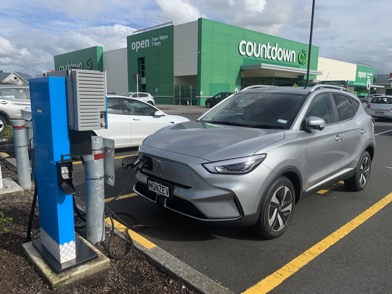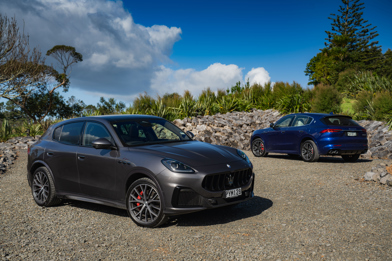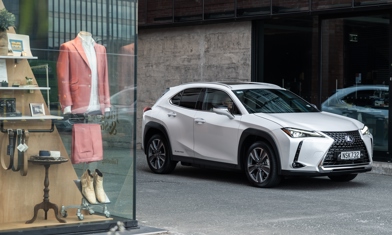For a short time there, we were living the American dream: based at the Pendry Hotel just off Sunset Boulevard in West Hollywood, commuting through Beverly Hills, organically excellent lunch in Topanga and a gentle cruise through Malibu and Santa Monica in the late afternoon.

Nice context for the car we’re here to drive, but also all a bit of a distraction. We’re piloting the Cadillac Lyriq around some of the posher parts of Los Angeles, but we’re doing it as a first taste of a car that’s New Zealand-bound. In fact, as you read this (yes, it’s one we prepared earlier) the website is open for business.
Cadillac is on a mission to become a global brand and it sees factory right-hand drive as a key part of that. It helps that its new generation of models are battery electric vehicles (BEV), which ease the production pathway to switching steering-wheel sides.
We’ve heard this before, of course. Cadillac has been dabbling with right-hand drive for over 20 years and even aborted an Australasian launch programme for the CTS sedan back in 2008. But it says things are genuinely different now and there’s a commitment to stay the course; during a media conference on our US visit, General Motors International boss Shilpin Amin confirmed that regardless of how Lyriq performs in the short-term, decisions on future right-hook Cadillacs have already been made.
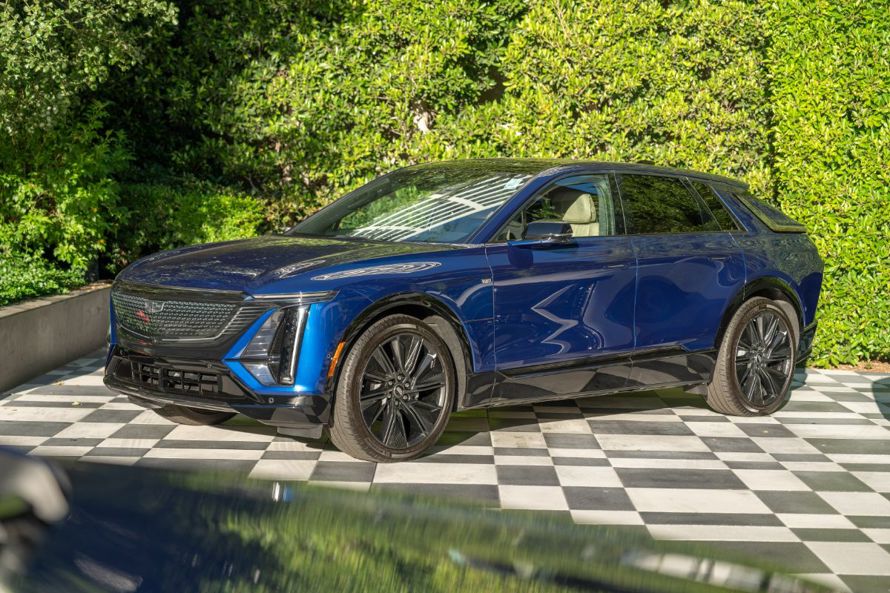
The UK and Australia are expected to be the biggest markets for Lyriq, which works well for NZ for obvious reasons.
Lyriq is a medium-large pure-electric SUV that you could logically argue competes with the likes of the BMW iX and Mercedes-Benz EQE SUV: they all align quite closely on wheelbase (3m) and overall length (5m), although the Lyriq is slightly larger in both respects.
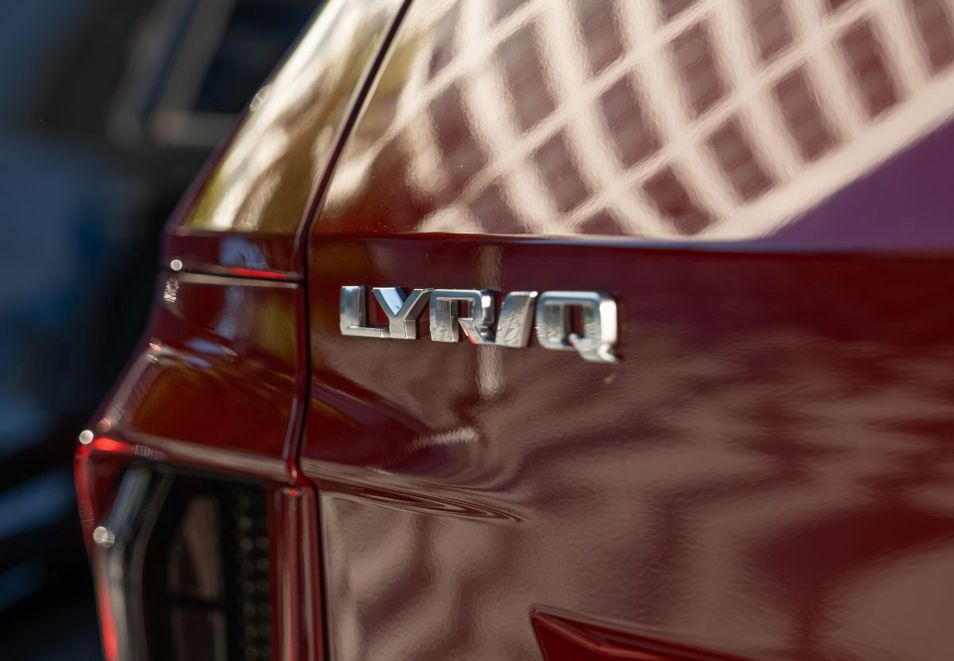
Lyriq offers some premium powertrain numbers, too. It comes only in dual-motor AWD configuration for New Zealand at launch, with a huge 102kWh Ultium battery feeding motors that make a combined 388kW/610Nm. Claimed range is 530km.
That’s a big battery to recharge, but Lyriq can power-up at 190kW when conditions and the DC hardware are right, meaning 200km range in 15 minutes.
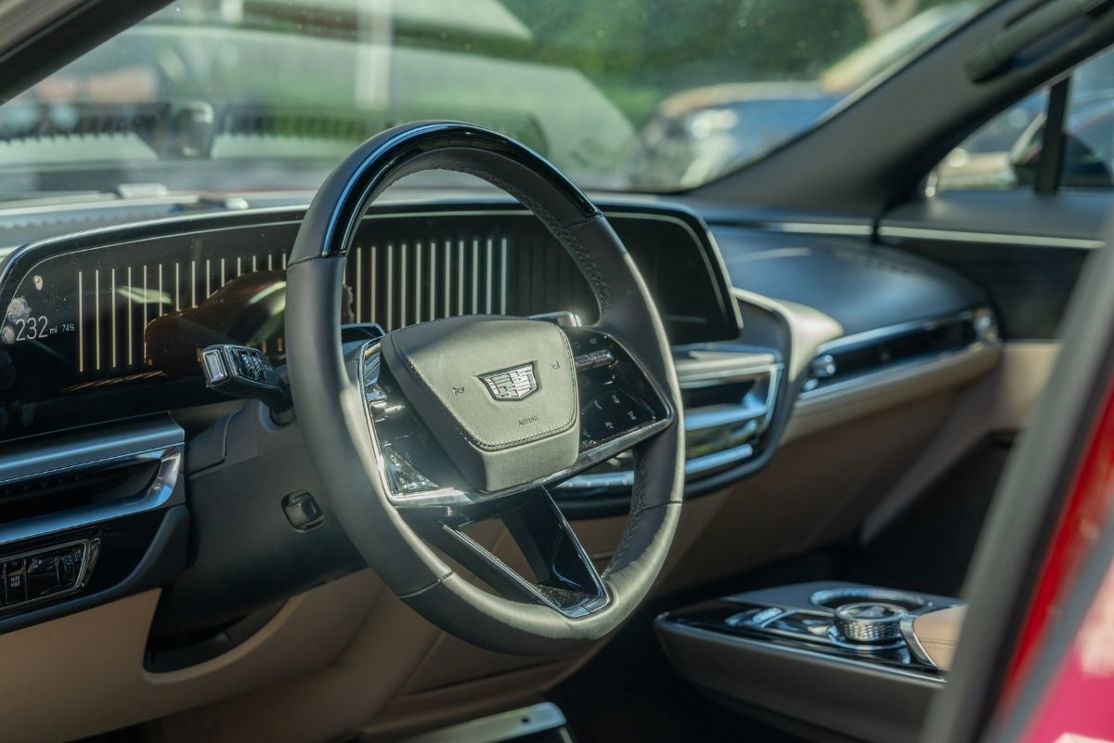
The front seats have heating (rears too), ventilation and massage functions. There’s a 33-inch dashboard display and the interior mood lighting offers 126 different colours. There’s knurling, which is always a sign of luxury aspiration. The bespoke AKG audio system features 19 speakers (including the front head restraints) and enables both EV sound enhancement and road-noise cancellation functions.
Sorry for the specification walkthrough, but it’s context so we can tell you the price. Lyriq arrives at $117,000 as in Luxury form and $119,000 as the Sport. The difference between the two is mainly cosmetic and easy to guess from the model names: Luxury has more brightwork, while Sport has darker detailing.
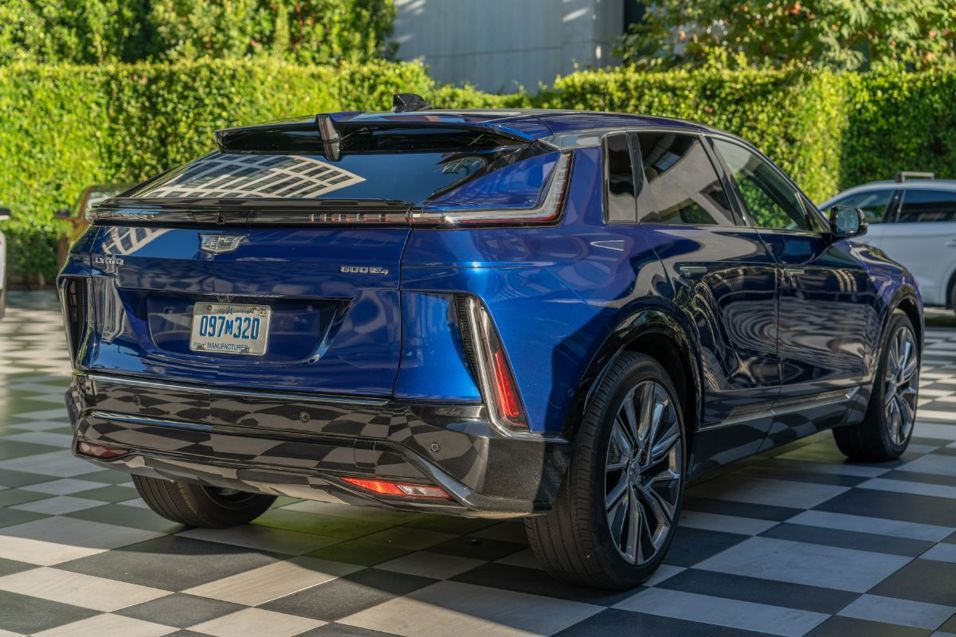
Either way, it’s a lot of BEV for the money, given an iX with equivalent power (the xDrive50) starts at $207,800 and the much less grunty Mercedes-Benz EQE 300 SUV is $149,900. In fact, Lyriq pricing is closer to the upper end of mainstream BEVs like the Hyundai Ioniq 5 Limited or Kia EV6 GT-Line (both in the $110-120k bracket). Its closest rival might well be the new Polestar 4 ($120-$130k).
Lyriq is a head-turner even in the US and not because it’s new; in fact, it was launched back in 2022, although this AWD version didn’t come along until last year. It’s quite visually arresting because it combines familiar Cadillac styling signatures with some new cues, especially around lighting: the headlights and grille are one, and the split rear lights are a new thing for the brand.
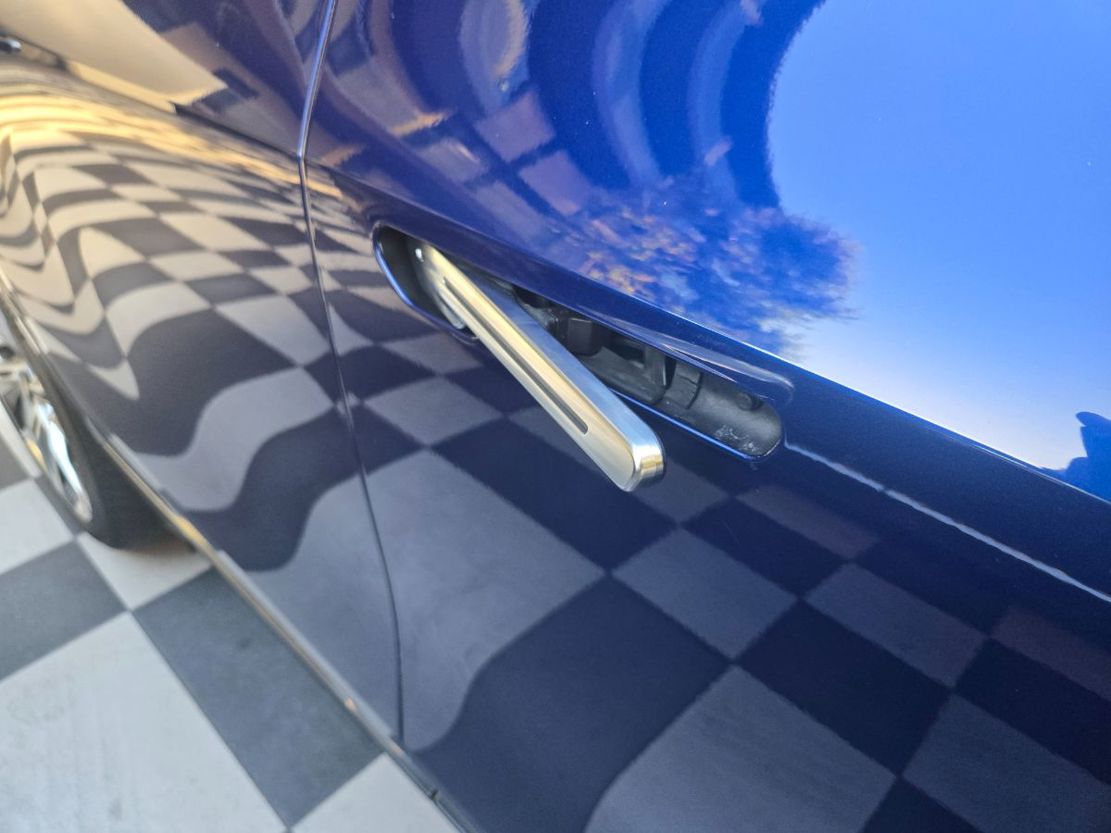
The doorhandles, updated for the 2024 model year, are odd but oddly sensible: they’re flush pop-out units, but it’s the forward edge that protrudes, not the back. Once you try it, you realise that’s the right way around.
GM says the biggest challenge in switching from left to right-hand drive is not the EV hardware but the displays. And that’s because it’s firm on integrated instrumentation, rather than centralised iPad-like displays.
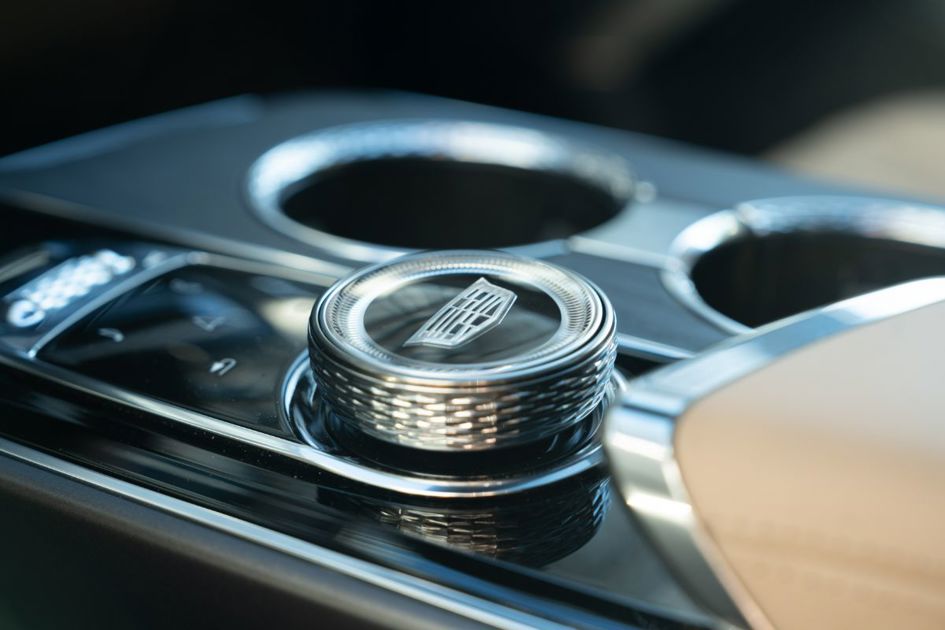
Lyriq’s 33in widescreen customisable touch-display does look very impressive when you get behind the wheel, and it’s full of nice detail features; for example, before startup there’s a graphic running the width of it that looks a bit like a retro grille, but is actually a charge indicator for the battery.
It’s not completely virtual. There are still plenty of physical buttons on the console which have a solid, high-quality feel, and a BMW-style rotary controller which feels a bit more flimsy; but the Cadillac logo in the centre that stays centred while the rest of the dial turns is a nice touch.
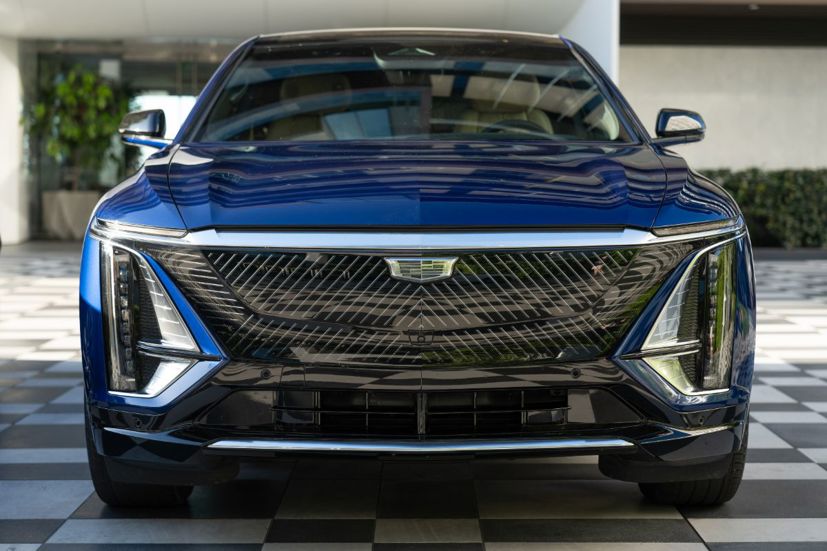
Overall, the cabin provides a pretty convincing luxury travel experience. Everything feels substantial and there are soft-touch surfaces in places where you’d expect a few corners to be cut (low down on the dashboard and doors, for example).
There’s been a bit of press in the US about inconsistent build quality on earlier models: charge port doors not working properly, inconsistent panel gaps, that kind of thing. We saw none of that during our drive-time (not surprising on a media fleet, granted) and of course we’re keen to see the finished right-hand product right here in NZ to properly judge. Our Lyriqs are made in Spring Hill, Tennessee, by the way; but Cadillac also builds it in China (mainly for China).
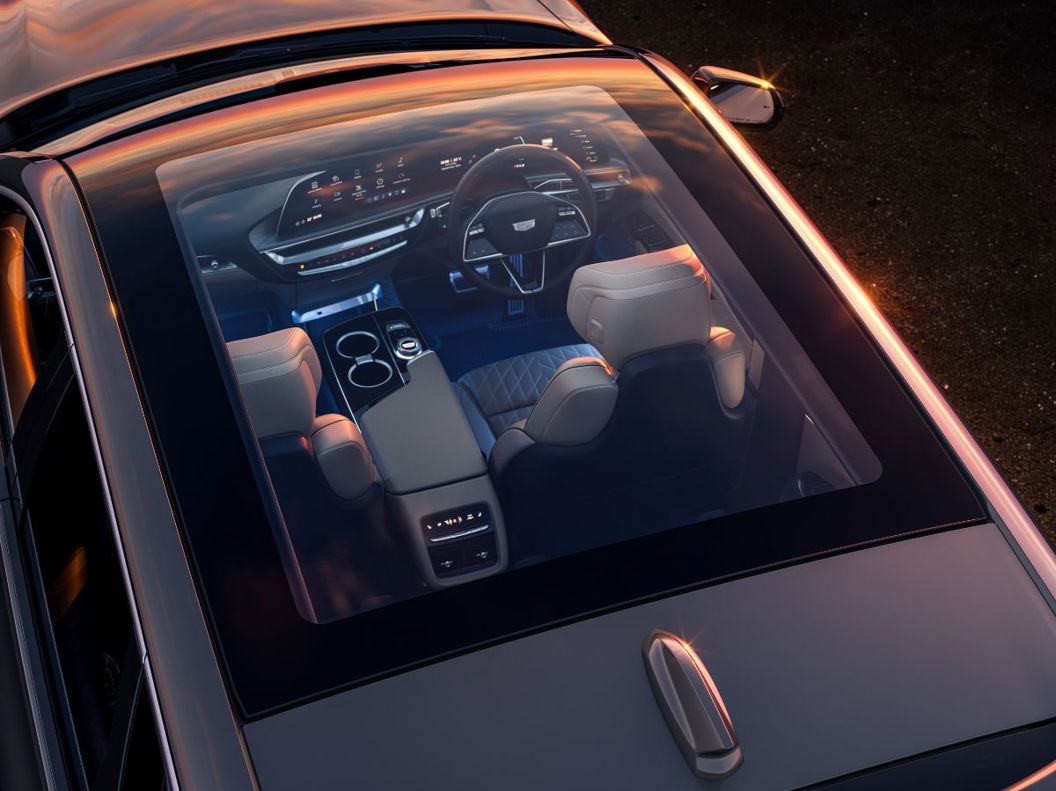
It’s a staggeringly quiet car at urban speeds and not just because it’s an EV. The noise-cancelling technology really seems to do the job, although the aural challenge of Kiwi road surfaces will be very different.
It’s a luxury car, so don’t expect lively steering or a flat cornering attitude; and we’re fine with that. On our jaunt through the sinewy roads of Topanga Canyon behind Santa Monica (Americans very excitedly call this kind of driving “canyon carving”... and say it a lot) there was quite a bit of body roll, albeit on a platform that still telegraphed those movements well and clung tenaciously to the road. Traction is never in question, with a rapid-response dual-motor EV team on the job.
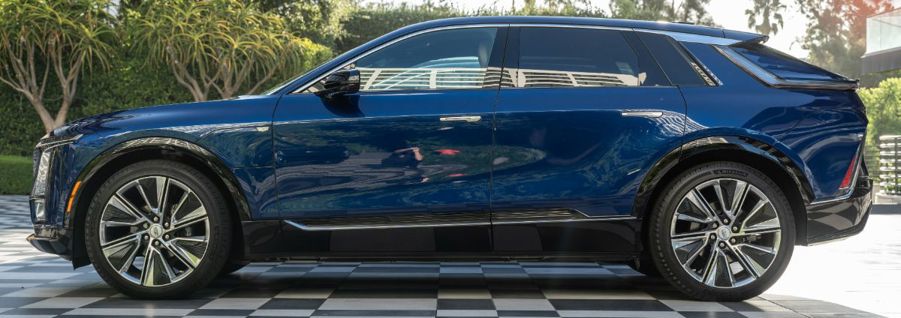
Lyriq has the expected one-pedal-driving functionality, but there’s also another neat EV-specific feature: Regen On Demand. It’s a paddle on the left of the steering wheel that ramps up the regeneration, meaning the longer you hold it the more you slow. It’s like a finger brake and equally handy for urban driving or a bit of pseudo-engine braking into corners on winding roads. Sorry, canyon carving.
It’s hard to disguise a 2.8-tonne kerb weight when you really start carving, but the Caddy kept its dignity under duress. It also rode pretty well on LA’s sometimes rather strange road surfaces, which are fundamentally smooth but also peppered with broken joints and ripples. Again, very different to NZ.
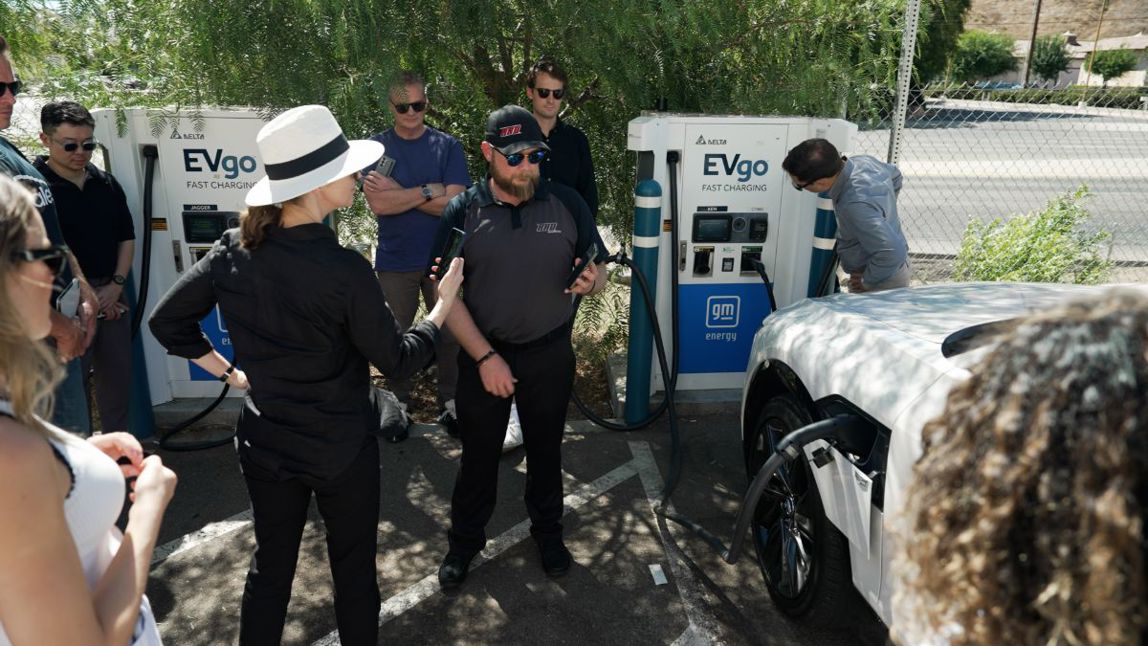
But all quite promising when the US test cars were on 22-inch wheels, all-terrain tyres and standard brakes. Kiwi cars will come with 21in rims, grippier rubber and Brembo stoppers. So we can reasonably expect a Lyriq that goes harder, stops better and rides even more smoothly than this one.
We’re super-keen to drive Lyriq on local roads. If you’re super-keen to buy one… well, you can get that ball rolling right now, through the official website. GM Australia and NZ is going its own way with retail for Cadillac, with online ordering and select “Experience Centres” in Sydney, Melbourne and Auckland.

Sydney is open already, Melbourne and Auckland are yet to be revealed (although we known the NZ location has been found and finalised). Expect an announcement well before the end of the year.
For NZ, the Lyriq "Cadillac Confidence" warranty/servicing programme includes a 5-year/unlimited kilometre vehicle warranty including roadside assistance, 5 years scheduled servicing or 5 scheduled services (whichever comes first) and an 8-year/160,000km battery warranty.

